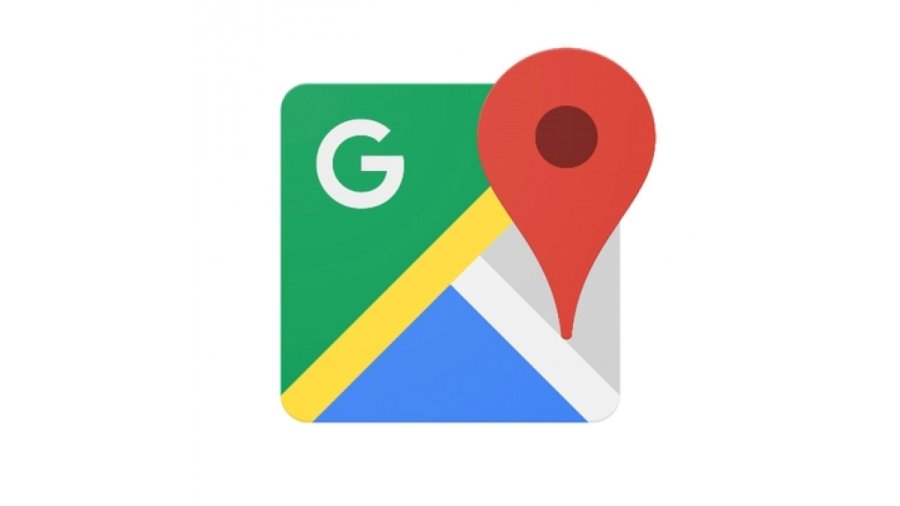The new visual improvements bring more detail and granularity to the map, the company claims that this will make it easier to understand what an area looks like while exploring virtually or planning a visit.
Google Maps has experienced a constant evolution in the past 15 years and the company keeps improving the accuracy of the maps. Now Google has introduced a new change that will accurately show a terrain using more detailed colour coding. Earlier, Google Maps used a general colour scheme for an area based on the kind of terrain and the vegetation around it.
The new visual improvements bring more detail and granularity to the map, the company claims that this will make it easier to understand what an area looks like while exploring virtually or planning a visit.
Google Maps has high-definition satellite imagery for over 98 percent of the world’s population. With a new color-mapping algorithmic technique, they plan to turn this imagery into a more comprehensive, vibrant map of an area at global scale. With the new update, the maps will show natural features like arid beaches, deserts, blue lakes, rivers, oceans and ravines, all in different colours. The company claims that the user can know at a glance how lush and green a place is with vegetation, and even see if there are snow caps on the peaks of mountaintops.
Google Maps is available in 220 countries and territories with a coverage for over 100 million square kilometers of land, or 18 billion football fields. This update is visible no matter what area you’re looking at—from the biggest metropolitan areas to small, rural towns.
How does the new feature work?
Google uses computer vision to identify natural features from satellite imagery, looking specifically at arid, icy, forested, and mountainous regions. Then they analyze these features and assign them a range of colors on the HSV color model. For example, a densely covered forest can be classified as dark green, while an area of patchy shrubs could appear as a lighter shade of green.
Other than the colour mapping, users will be able to see highly detailed street information that shows the accurate shape and width of a road to scale. You can also see exactly where sidewalks, crosswalks, and pedestrian islands are located–crucial information if you have accessibility needs, like wheelchair or stroller requirements.
These details are expected to be more helpful as people are opting to walk or take other forms of solo transportation due to the pandemic.
Google claims that they will start rolling out the detailed street maps in London, New York, and San Francisco in the coming months, with plans to expand to more cities over time.













![Hotstar Premium Cookies 2019 [*100% Working & Daily Updated*] Hotstar Premium Cookies 2019 [*100% Working & Daily Updated*]](https://tahav.com/wp-content/uploads/2019/11/Hotstar-Premium-Cookies-Free-100x70.jpg)



